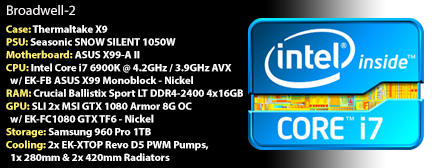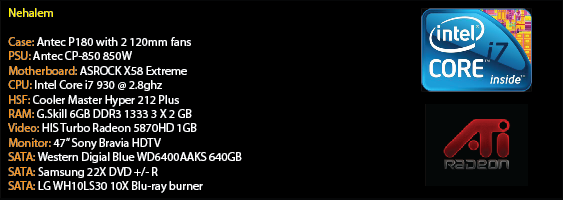I actually just built it recently.
Here's the only picture I bothered to upload as the entire system is still a WIP:
http://www.mylilsite.net/images/haswell-3/t4inside1.jpg
It's just missing eight SATA cables in that pic, which throw all that neatness out the window.
Still investigating the software-side for what the best configuration is.
General goals are simply:
Data serving (NAS)
Plex Media Server to transcode and stream my videos to Chromecast, Amazon Fire TV, and Android devices.
Virtual Machines for any purposes whatsoever.
The Plex transcoding of 1080p videos is by far the greatest reason why I chose a relatively beefy CPU.
Maxed out the RAM so I can run many VMs.
The RAM is expensive because of ECC. ZFS checksums everything it touches, which is great, but what if the RAM causes incorrect checksums? ECC is just the next step I'm making toward ensuring data integrity.
As for investigating software:
SmartOS looks and sounds interesting but is fully command line and I don't like that.
Currently using VMware ESXi with FreeNAS in a VM. The 8 port LSI SATA chip is directly passed to the FreeNAS VM, which is something I could only do on a motherboard that supports VT-d (this is my first mobo capable of doing it, finally). VT-d is a feature that allows you to directly assign physical hardware to particular VMs for them to use as if those hardware were really a part of that VM. I could, for example, also assign a video card to a VM so that it could utilize its GPGPU/CUDA capabilities. For now though, all I did was give FreeNAS direct access to the hard drives.
I used to run my VMs on my desktop, eating my RAM and bottlenecking all of them to my gigabit ethernet connection to the NAS. Now I can run those VMs on the same system as the NAS. Check out the throughput my Windows 8 VM gets when accessing the data share from the FreeNAS VM on that same system:

Aint no gigabit bottlenecking going on here! And I should be able to add another 100MB/s after optimizing the setup.
I also didn't like that the uptimes of my VM's were dictated by the needs of my desktop. I'd much rather they run on a true 24/7/365 system instead.















